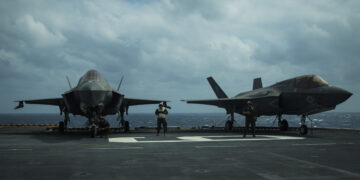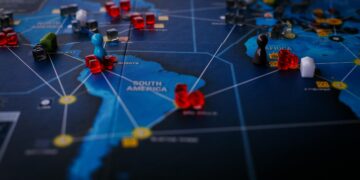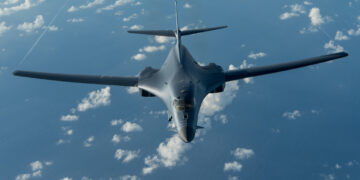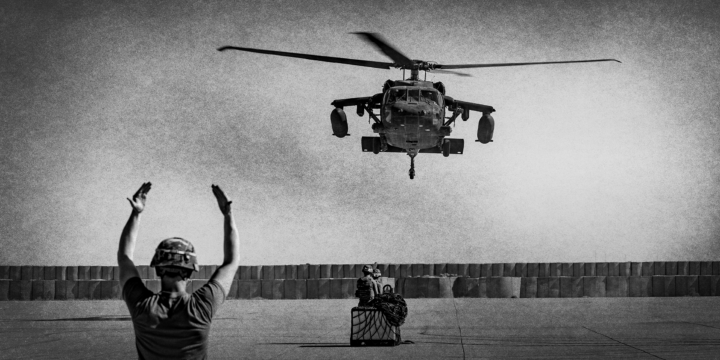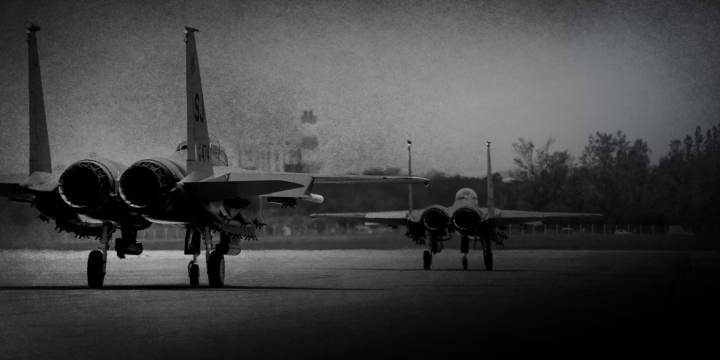Lyle Goldstein, director for Asia Engagement at Washington-based think tank Defence Priorities and head of the China Initiative at Brown University, pointed to the “surprise” element.
“The PLA has operated at an elevated state of readiness for years, conducting high-intensity combat training at night. These include highly complex and dangerous exercises like amphibious warfare,” Goldstein said.
“This may reflect a general conception that advanced and well-trained soldiers can realise advantages by attacking at night. In particular, this may aid in increasing the possibility for ‘surprise’, as well as undermine opponents that lack the proper night-vision equipment or training.”
Goldstein said the PLA had long recognised the value of speeding up the “kill chain” – which requires an advanced system for intelligence sharing, surveillance and rapid decision-making. All these elements were tested in the recent “combined military operation”, he said.
According to Goldstein, the PLA aims to “maximally disrupt Taiwan’s information and command networks in a conflict scenario”, and has taken major electronic warfare lessons from Russia’s military operations in Ukraine.
More on Asia

Featuring Lyle Goldstein
June 13, 2025



